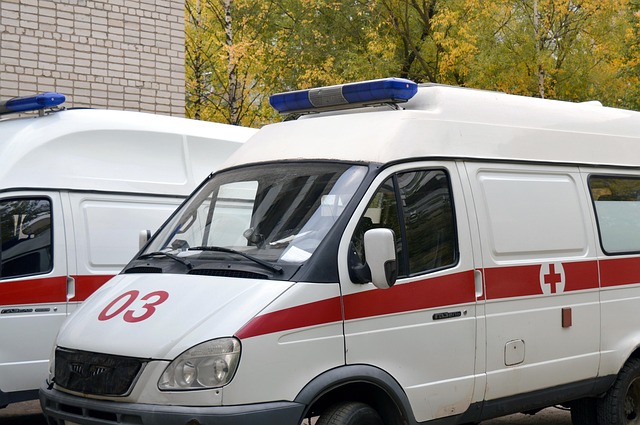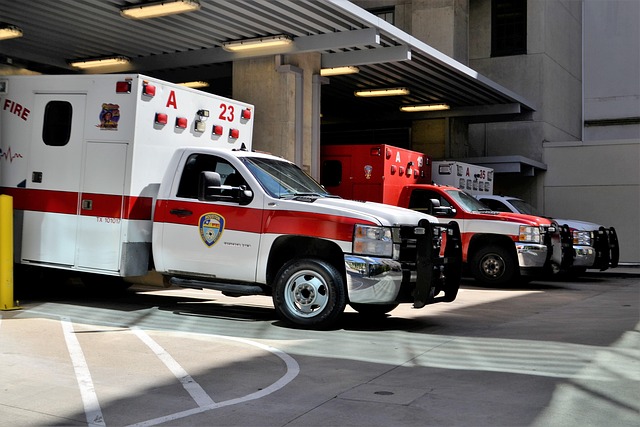In Denver, where the Emerald Ash Borer (EAB) poses a significant threat to urban ash trees, tree cabling is an essential treatment solution. This method reinforces weak limbs with high-tension cables, protecting trees from EAB damage and reducing breakage during storms. By implementing cable bracing, communities can preserve their urban forest, benefiting mature trees and minimizing environmental harm caused by EAB outbreaks. Regular inspections and proper maintenance are crucial to ensure the effectiveness of this treatment, allowing for early detection and appropriate interventions like biological controls or tree removal.
In the vibrant, bustling Denver landscape, tree care is not just an aesthetic consideration but a vital part of our urban tapestry. As our cities grow, so does the importance of understanding tree cabling systems for structural support. This article delves into the essential practices for maintaining and inspecting tree cabling in Denver neighborhoods, with a focus on mitigating Emerald Ash Borer infestations—a common pest treatment challenge. Learn how cable bracing can serve as an effective defense mechanism against these invaders.
- Understanding Tree Cabling Systems for Structural Support
- The Role of Cable Bracing in Protecting Against Emerald Ash Borer Infestations
- Best Practices for Maintaining and Inspecting Tree Cabling in Denver Neighborhoods
Understanding Tree Cabling Systems for Structural Support

Tree cabling systems are an essential treatment for maintaining the structural integrity of trees, especially in urban areas like Denver where various environmental factors can pose significant risks. In the case of the Emerald Ash Borer (EAB), a destructive insect that has infested many ash tree species across Denver neighborhoods, proper cabling becomes even more critical. EAB damage can lead to significant branch loss and weakened structures, making trees susceptible to breakage during storms or high winds.
By implementing tree cabling, arborists in Denver can reinforce weak limbs, providing additional support and preventing further decay. This treatment involves the use of high-tension cables strategically placed to tie together branches, ensuring they remain stable and reducing the risk of catastrophic failure. It’s a proactive approach that not only helps protect trees from EAB but also enhances their overall health and longevity in challenging urban settings.
The Role of Cable Bracing in Protecting Against Emerald Ash Borer Infestations

In the face of Emerald Ash Borer (EAB) infestations, a proactive treatment solution for Denver neighborhoods is cable bracing. This method plays a pivotal role in protecting ash trees from this destructive pest, which has wreaked havoc on urban landscapes across North America. Cable bracing involves strategically installing metal cables and braces to reinforce the tree’s structure, preventing it from succumbing to the borer’s damage. By reinforcing key limbs and branches, these systems help maintain the tree’s stability and resilience against EAB attacks.
Compared to other treatments, cable bracing offers a long-term solution that can last for years, making it a cost-effective and efficient way to safeguard ash trees in Denver communities. This method is particularly beneficial for mature trees, as it allows them to recover and maintain their health while protecting against further infestations. By adopting cable bracing as part of their tree care regimen, Denver residents and local authorities can help preserve the city’s urban forest and mitigate the environmental impact of EAB outbreaks.
Best Practices for Maintaining and Inspecting Tree Cabling in Denver Neighborhoods

In Denver neighborhoods, maintaining and inspecting tree cabling systems is crucial to ensuring the health and longevity of local trees, especially those at risk from pests like the Emerald Ash Borer (EAB). Best practices involve regular visual inspections to identify any signs of damage, infestation, or decay. Look for symptoms such as bark damage, resin exudate, or unusual growth patterns that could indicate EAB activity, as early detection is key to effective treatment for Emerald Ash Borer in Denver neighborhoods.
Proper maintenance includes keeping cabling systems clean and free from debris, ensuring proper spacing between cables to allow for natural tree growth, and regularly tightening connections to prevent loosening due to wind or weather. It’s also important to stay updated on recommended treatments for EAB, which may include biological controls, chemical treatments, or tree removal in severe cases. Consistent care and timely intervention can help preserve the urban forest and maintain the aesthetic and ecological benefits that trees provide to Denver communities.
Tree cabling systems play a vital role in the structural integrity and health of trees, especially in urban environments like Denver neighborhoods. By understanding cable bracing and its application in treating Emerald Ash Borer infestations, we can enhance tree care practices. Regular inspection and maintenance are key to ensuring these systems remain effective. Implement best practices for cable management, and consider treatment options like specialized treatments for Emerald Ash Borer, to preserve the urban forest and maintain vibrant, healthy trees throughout Denver’s communities.
